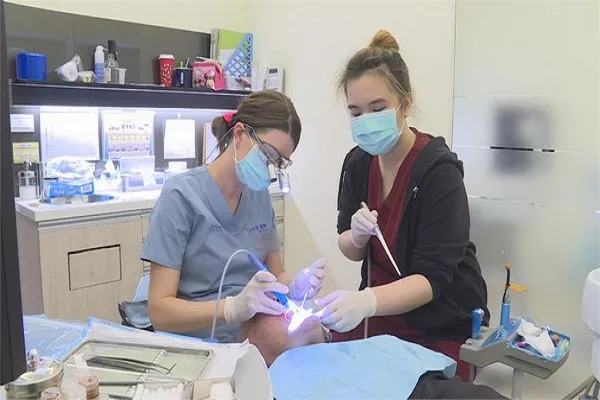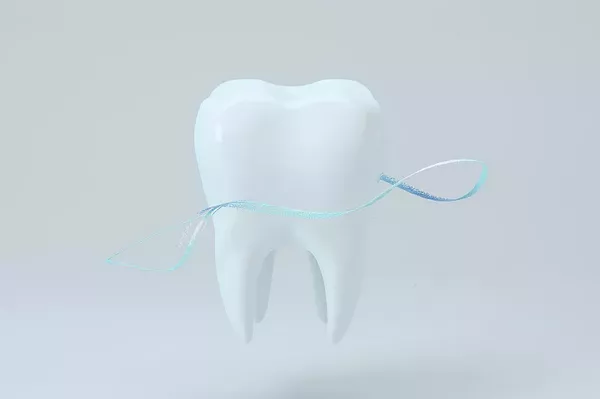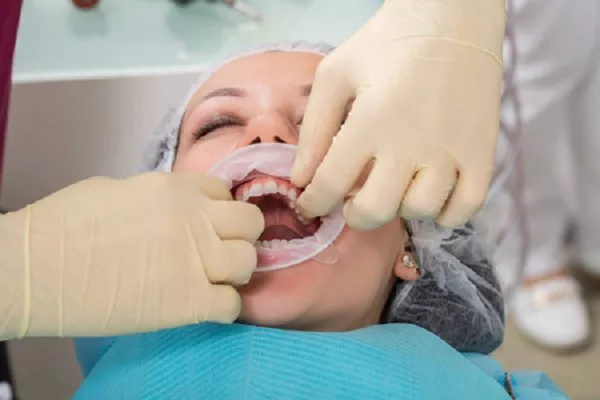Dental implants have revolutionized the field of restorative dentistry, offering a durable and natural-looking solution for those with missing teeth. While the benefits of dental implants are well-established, understanding the intricacies of the healing process is crucial for patients considering this transformative procedure. In this comprehensive article, we will delve into the stages and duration of the healing process for dental implants.
1. Immediate Post-Surgery Period: The First Few Days
The healing process for dental implants begins immediately after the surgical procedure. This initial stage is characterized by specific considerations:
a. Post-Operative Care Instructions
Patients receive detailed post-operative care instructions from their dental professionals. These instructions typically include guidelines for managing swelling, pain, and potential bleeding.
b. Rest and Recovery
Adequate rest is essential during the first few days post-surgery. Patients are advised to avoid strenuous activities and adhere to a soft diet to minimize stress on the surgical site.
c. Prescribed Medications
To manage pain and reduce the risk of infection, dental professionals may prescribe pain medications and antibiotics. Strict adherence to the prescribed medication regimen is crucial for a smooth recovery.
2. Osseointegration: The Foundation of Success
Osseointegration is a critical phase in the healing process, where the implant fuses with the jawbone. Key considerations during this period include:
a. Duration of Osseointegration
Osseointegration typically takes place over a period of 3 to 6 months, although individual cases may vary. This time allows for the implant to become a stable part of the jawbone.
b. Dietary Considerations
Patients are often advised to maintain a soft diet during the osseointegration phase to prevent unnecessary stress on the implant site. This precautionary measure supports successful fusion with the jawbone.
c. Regular Follow-Up Appointments
Dental professionals schedule regular follow-up appointments to monitor the progress of osseointegration. These appointments may include diagnostic imaging to assess the integration of the implant.
3. Abutment Placement: Connecting the Implant to the Crown
Once osseointegration is successfully achieved, the next phase involves the placement of the abutment, a connector between the implant and the prosthetic crown:
a. Timing of Abutment Placement
Abutment placement typically occurs several weeks after the completion of osseointegration. This delay allows for optimal healing and stability.
b. Gum Healing and Shaping
The placement of the abutment involves minor surgery to expose the implant and shape the gum tissue. Patients should continue to follow post-operative care instructions for optimal healing.
c. Impressions for the Prosthetic Crown
Once the abutment is in place, impressions are taken to create a customized prosthetic crown. These impressions ensure a precise fit and natural appearance.
4. Prosthetic Crown Placement: Bringing the Smile to Life
The final stage of the healing process involves the placement of the prosthetic crown onto the abutment:
a. Individualized Fitting
The prosthetic crown is carefully fitted onto the abutment, and adjustments are made to ensure proper alignment and bite.
b. Functional Testing
Dental professionals conduct functional tests to ensure the prosthetic crown functions like a natural tooth. Patients are encouraged to provide feedback on comfort and functionality.
c. Finalizing Aesthetics
The final step involves fine-tuning the aesthetics of the prosthetic crown, including color matching and shaping to achieve a seamless blend with the natural teeth.
5. Post-Treatment Care and Long-Term Maintenance
The healing process extends beyond the placement of the prosthetic crown, with ongoing care and maintenance being crucial:
a. Oral Hygiene Practices
Patients must maintain rigorous oral hygiene practices, including regular brushing, flossing, and professional cleanings. This helps prevent complications such as peri-implantitis.
b. Regular Check-Ups
Routine follow-up appointments with dental professionals are essential to monitor the long-term health and stability of the implant. Regular check-ups allow for early detection and intervention if issues arise.
c. Lifestyle Considerations
Patients are advised to avoid habits that may compromise the implant, such as smoking or excessive alcohol consumption. These lifestyle considerations contribute to the long-term success of dental implants.
Conclusion
In conclusion, the healing process for dental implants is a well-orchestrated journey that spans several months. From the immediate post-surgery period to the placement of the prosthetic crown and beyond, each phase requires careful consideration and adherence to post-operative care instructions. While the duration of the healing process may vary for each patient, the ultimate goal is to achieve a stable and functional dental implant that enhances both oral health and quality of life. By understanding the stages of healing and actively participating in post-treatment care, patients can embark on their dental implant journey with confidence and ensure the long-term success of this transformative dental solution.
What Is An All On 4 Dental Implant
Unveiling the Aesthetic Wonders: What Do All-on-4 Dental Implants Look Like?
What Is 3 On 6 Dental Implants






























